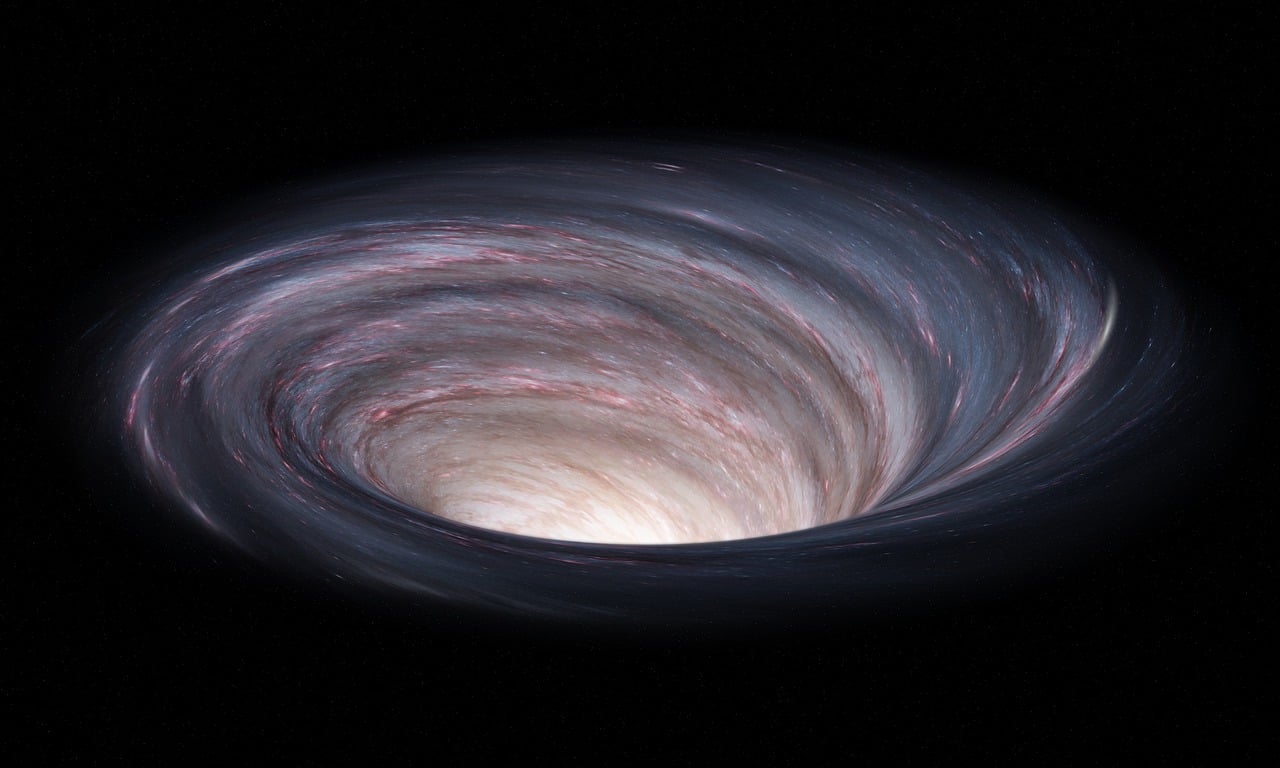Scientists scouring the cosmos for signs of a rare explosion may have stumbled upon something even more remarkable: a gargantuan black hole “switching on” in the early universe, going from dim to tremendously bright in a cosmic blink of an eye.
The black hole, dubbed J221951, is estimated to sit about 10 billion light-years from Earth, meaning the cosmic monster turned up its lights when the universe was roughly one-quarter of its current age. Despite this vast distance, the black hole brightened so intensely that astronomers initially mistook it for a stellar explosion less than 1 billion light-years away.
The fact that the black hole appeared so bright from so far away makes it one of the single brightest transients — objects that brighten suddenly and then fade — ever detected, according to the authors of a study accepted for publication in the journal Monthly Notices of the Royal Astronomical Society and available as a preprint on arXiv.
“Our understanding of the different things that supermassive black holes can do has greatly expanded in recent years,” study co-author Matt Nicholl, an astronomer at Queen’s University Belfast, said in a statement. “J221951 is one of the most extreme examples yet of a black hole taking us by surprise.”
The first surprise came when the researchers tracked down the path of a gravitational wave, a fast-moving ripple in space-time generated by the most massive cosmic collisions. The team hypothesized that the wave was released during the collision of two dense, dead stars known as neutron stars, which have been known to go out in bright blasts called kilonova explosions.
more at livescience.com
Ask me anything
Explore related questions





